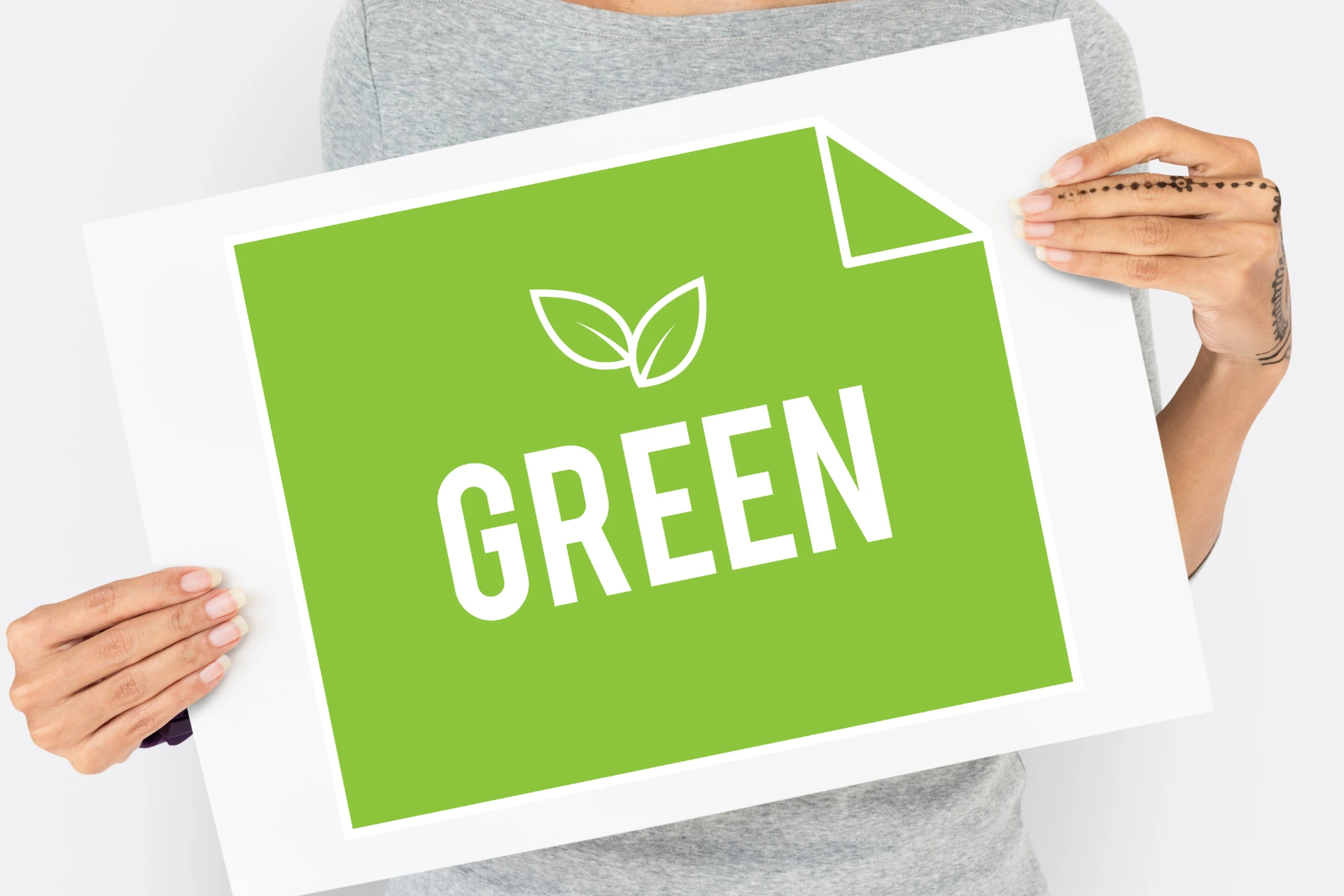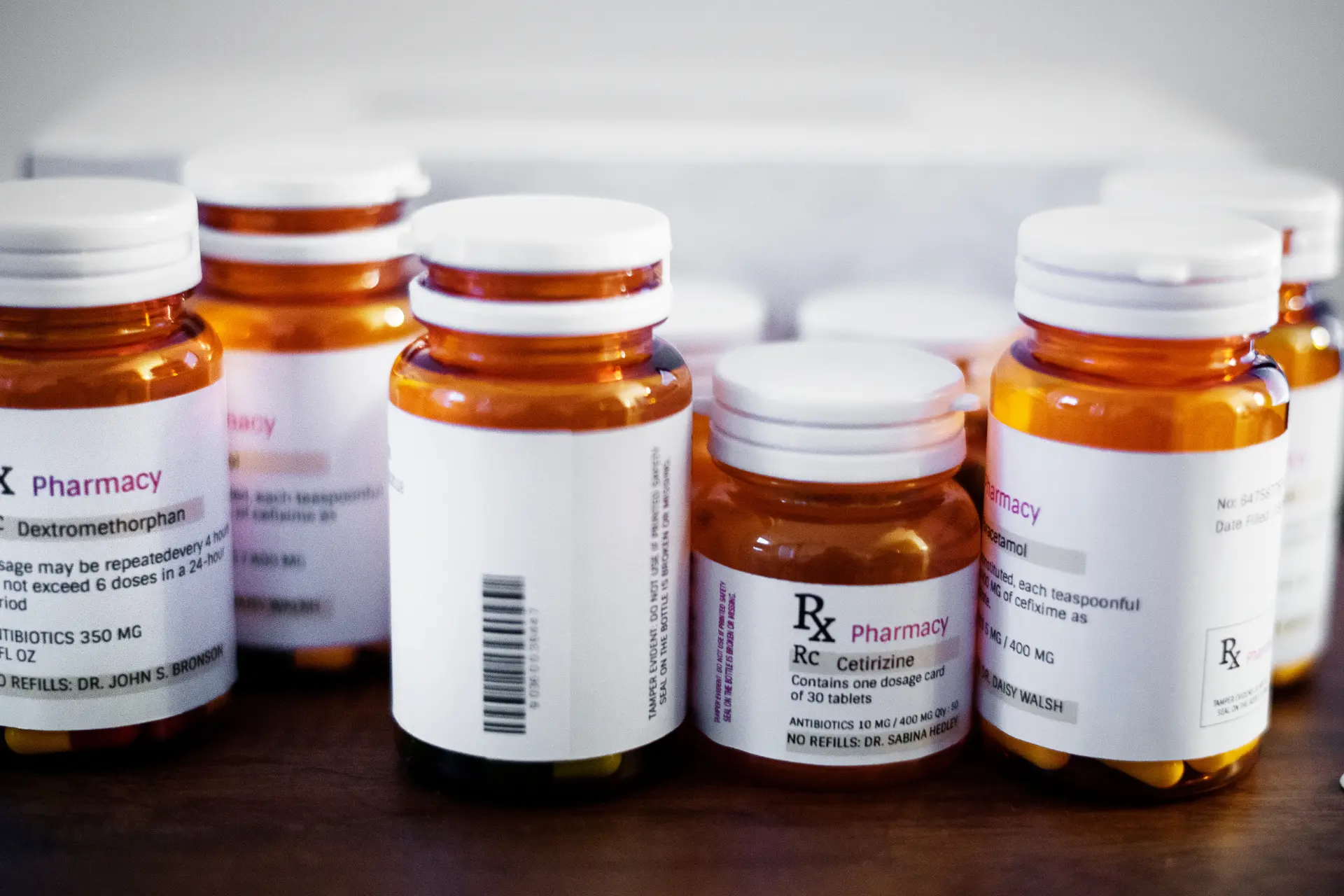Introduction
Sustainability has shifted from a niche interest to a mainstream demand in recent years. Consumers are increasingly basing their purchasing decisions on whether a brand can prove its environmental responsibility. Labels that once seemed persuasive – “eco-friendly”, “carbon neutral”, or “100% recyclable” – are now scrutinised more closely than ever.
Yet this rise in environmental marketing has created a new problem: greenwashing. Companies sometimes exaggerate, misrepresent, or make vague claims about sustainability in order to appear more environmentally responsible than they actually are. This not only misleads consumers but also creates unfair competition for businesses that invest genuinely in sustainable practices.
The European Union (EU) has responded by drafting the Green Claims Directive. Its goal is to bring transparency and accountability into the way companies communicate environmental claims. Businesses will need to prove what they say, back it up with reliable data, and submit to independent verification.
In this article, we will explore exactly what the Green Claims Directive is, why it matters for businesses, and how it affects packaging and labelling. Most importantly, we will discuss how solutions like 4Pack can help companies manage compliance efficiently, protecting both their reputation and their market access.
What Is the Green Claims Directive?
The Green Claims Directive is a proposal from the European Commission designed to regulate how companies communicate their environmental performance. It is part of the EU’s European Green Deal, which aims to achieve climate neutrality by 2050, and complements the Circular Economy Action Plan, which focuses on sustainable production and consumption.
The directive sets out clear requirements for substantiating and verifying environmental claims. Any statement about sustainability – whether it relates to emissions, recyclability, or renewable content — must be backed by evidence that can withstand independent scrutiny.
This marks a significant shift. Until now, companies have enjoyed relative freedom in how they describe their environmental efforts. With the new rules, green claims become subject to legal and scientific validation.
The aim is simple: to eliminate misleading claims, empower consumers to make informed choices, and reward companies that truly deliver on sustainability promises.
Why the Green Claims Directive Matters for Businesses
For businesses, the directive is more than a compliance obligation – it is a matter of brand trust and long-term competitiveness.
Consumer demand for transparency
Research consistently shows that buyers, especially younger generations, want to support sustainable brands. However, they are also sceptical. Studies reveal that more than half of consumers suspect companies of overstating green credentials. The directive is designed to bridge this trust gap.
Combating unfair competition
Companies that invest heavily in sustainability often find themselves competing against rivals who make similar claims without the evidence. The directive ensures a level playing field, where only substantiated claims will be allowed.
Protecting reputation
Being exposed for greenwashing can cause severe reputational damage, eroding trust and loyalty overnight. The directive creates a legal safeguard by ensuring businesses validate their claims before making them public.
Aligning with future regulation
The directive does not exist in isolation. It fits into a larger network of sustainability regulations, including Extended Producer Responsibility (EPR) and upcoming requirements around digital product passports. Companies that adapt now will find themselves better prepared for future obligations.
Key Requirements of the Green Claims Directive
The directive lays out several specific obligations that businesses must meet:
- Substantiating claims: Every environmental statement must be supported by solid, verifiable evidence. For example, if packaging is described as “biodegradable”, companies must provide data showing the conditions and timeframe under which it biodegrades.
- Transparency: Proof must be easily accessible to consumers, often through QR codes or online disclosures. Businesses must explain the methodology, assumptions, and limits of their claims in clear language.
- Third-party verification: Claims cannot simply be self-declared. An independent body will need to verify the claim before it can be used in marketing or labelling.
- Scope of coverage: The directive applies broadly across sectors. While very small businesses may have lighter obligations, most companies – including non-EU businesses exporting into the EU – will need to comply.
The message is clear: environmental claims are no longer a branding choice, they are a compliance issue.
Examples of Green Claims Under Scrutiny
Certain environmental claims have become so common that consumers almost take them for granted. Yet these are precisely the kinds of claims the directive is targeting.
Consider the label “100% recyclable”. On the surface, this sounds reassuring. In reality, many materials are technically recyclable but rarely processed in practice because suitable facilities are unavailable or the economics do not stack up. Under the directive, companies will need to prove recyclability in real-world conditions, not just in theory.
“Carbon neutral” and “net zero” claims are another area of concern. Businesses will have to be transparent about whether these are achieved through actual emissions reductions or through offsets, and if offsets are involved, how they are verified.
Even broad descriptors such as “eco-friendly” or “sustainable” will no longer be acceptable unless supported by measurable, specific evidence. This will transform the way companies write labels, packaging, and promotional materials.
Penalties and Enforcement
The directive is not toothless. Penalties are designed to be proportionate to company size, meaning larger businesses face potentially significant fines if they fail to comply. Beyond monetary sanctions, companies may be forced to withdraw products from shelves or face exclusion from public procurement contracts.
Perhaps the most striking element is the cross-border enforcement mechanism. A penalty issued in one EU country could apply across the single market, closing off multiple avenues of trade. For global brands, the reputational damage from being publicly exposed for greenwashing could be far more costly than the fine itself.
Timeline and Implementation
As of 2025, the Green Claims Directive is still progressing through the legislative process. Once adopted, EU member states will have a set period — likely 18 to 24 months — to transpose the directive into national law.
This means businesses may need to demonstrate compliance as early as 2027. While that may seem distant, the scale of changes required means companies should act now. Auditing claims, adjusting processes, and updating labelling takes time, and those who delay risk being caught unprepared.
Practical Steps Businesses Should Take Now
Proactive businesses can get ahead of the directive by:
- Conducting a claims audit: Review all marketing, packaging, and product documentation to identify environmental claims and assess whether they meet the new standards.
- Creating a compliance framework: Establish internal processes for data collection, verification, and record-keeping.
- Training staff: Marketing, design, and compliance teams should be briefed on the requirements to ensure alignment.
- Updating packaging and digital content: Claims that are vague or unsupported should be replaced with precise, verifiable alternatives.
- Engaging with suppliers: Much of the required data will come from supply chains. Building transparency here is essential.
By starting early, businesses can integrate compliance into everyday workflows instead of treating it as a last-minute fix.
How the Directive Impacts Packaging and Labelling
Packaging is one of the most visible and commonly scrutinised areas of environmental communication. Claims such as “made from recycled materials”, “plastic-free”, or “home compostable” often appear directly on labels, making them subject to the strictest standards.
To comply, businesses will need accurate specifications for materials, validated recycling or biodegradability data, and clear communication on packaging. They may also need to redesign labels or artwork to include disclaimers or QR codes linking to evidence.
For companies with large product ranges, this will require coordinated effort across design, compliance, and supply chain management.
How 4Pack Can Help Businesses Stay Compliant
Meeting the requirements of the Green Claims Directive demands precision, efficiency, and cross-team coordination. This is exactly where 4Pack’s packaging compliance management solution adds value.
The platform enables companies to centralise product and packaging data, ensuring that sustainability information is accurate and consistent. Claims can be linked directly to supporting evidence, creating a clear audit trail that stands up to regulatory scrutiny.
Artwork and labelling can be managed within the same system, reducing the risk of inaccurate or outdated claims slipping through. And because 4Pack connects marketing, compliance, and supply chain teams, it streamlines collaboration, allowing businesses to respond quickly to regulatory changes.
By embedding compliance into everyday workflows, 4Pack not only helps companies meet the directive’s requirements but also improves overall efficiency and confidence in product launches.
Challenges Businesses May Face
Adapting to the Green Claims Directive will not be simple. Companies can expect hurdles such as:
- Data complexity: Collecting accurate environmental data across supply chains is time-consuming and requires cooperation.
- Balancing creativity with compliance: Marketing teams may find their messaging options more limited, requiring innovative but compliant approaches.
- Cross-border differences: While the directive is EU-wide, each member state may interpret or enforce certain elements slightly differently.
Recognising these challenges now allows businesses to plan resources, invest in technology, and build stronger supplier relationships.
Future Outlook
The Green Claims Directive is only one step in a wider regulatory shift. The EU is moving towards greater transparency through initiatives such as digital product passports, which will provide consumers and regulators with detailed information on a product’s lifecycle.
We can also expect closer integration between the Green Claims Directive and other frameworks like Extended Producer Responsibility and eco-design regulations. Together, these measures will reshape how companies design, market, and manage their products.
Businesses that see compliance as more than a tick-box exercise – instead treating it as an opportunity to demonstrate leadership – will be best positioned for the future.
Summary
The Green Claims Directive represents a turning point in sustainability communication. It demands that companies back up their environmental claims with evidence, submit them to verification, and present them clearly to consumers.
For businesses, this creates new challenges but also significant opportunities. Compliance will not only prevent fines and reputational damage but also build consumer trust and competitive advantage.
Solutions such as 4Pack can make this transition smoother by centralising data, validating claims, and ensuring packaging and labelling remain compliant.
The time to prepare is now. The Green Claims Directive is not simply about avoiding penalties – it is about building credibility, earning consumer trust, and leading in a marketplace where sustainability is no longer optional.



